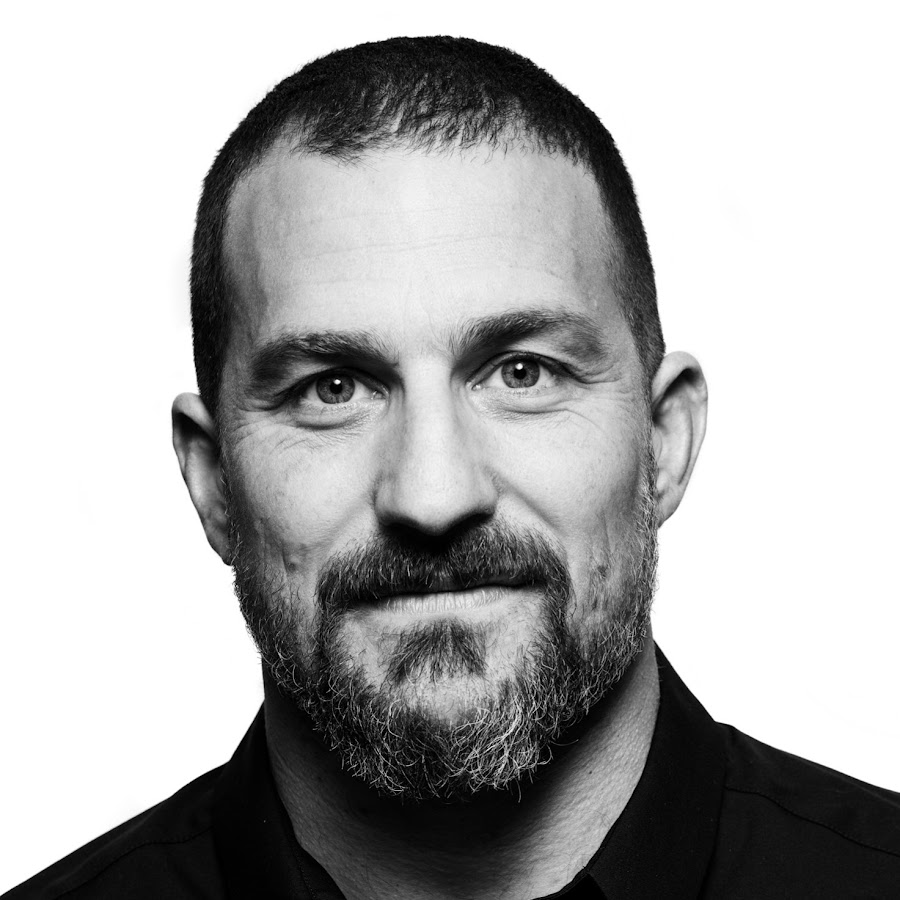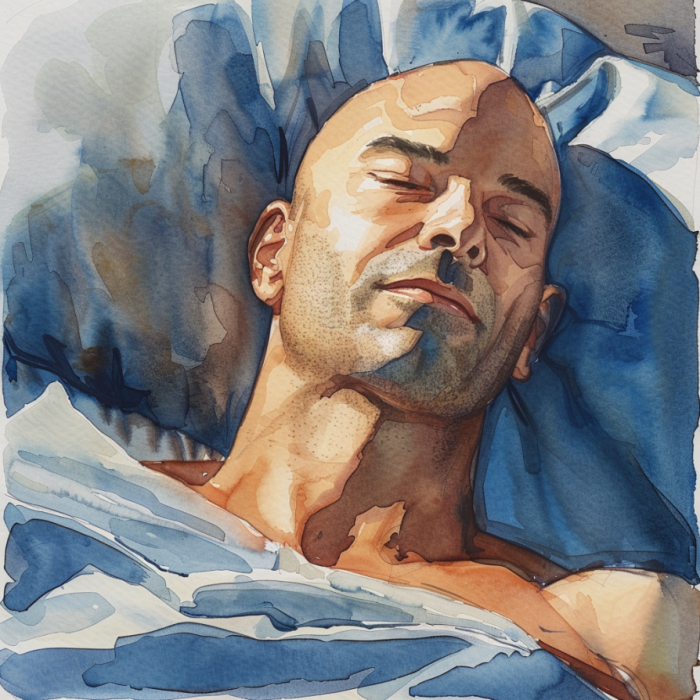Goes to Sleep
Dr. Peter Attia aims for 7-8 hours of sleep for peak well-being.
Dr. Attia uses various devices and protocols to optimize his sleep:
“Something else I read this month pertains to my obsession with stressing the importance of slow wave sleep (SWS) in our patients…and we’re constantly looking for ways to improve it. Here’s some evidence that the efforts, such as blue light reduction before bed: I use a pair of computer glasses from Gunnars, are worth it.”
Dr. Attia on OOLER Sleep System
“Indeed, I am a big fan and now own 3 to be sure I can have a cool sleep almost every night. Game Changer in NYC where it’s hard to control room temperature in the old buildings.”
“Incredible darkness in the actual room at night or using, I use this thing called the Alaska Bear Eye Shade. It’s like you can buy it on Amazon.It’s like this little silky Alaska Bear. It’s the stupidest name ever. I don’t know why. I love it though. I have 20 Alaska Bears because I have them everywhere, so I’m never without one..”
“While the ChiliPad Cube itself may not be on my bedside table, the unit that attaches to the pad is on the table, and together all this gear allows me to regulate the surface temperature of my mattress. I keep it at about 56 to 60 degrees Fahrenheit. The lowering of our body temperatures at night is a cue for our brains that it’s time to go to sleep and increases the proportion of time we’re in delta-wave (translation: deep) sleep.”
“I like to keep water by my side, in a Hydro Flask bottle, for replenishment and to wash down the occasional supplements before bed.”
“My phone is nearby, but not visible, to sync with the Dexcom G5 Mobile CGM System. This device continuously monitors my blood glucose and provides streaming feedback on my health interventions.”
Dr. Attia on Sleep Tech – Ōura Ring
“Quality of sleep may be just as important as quantity, and the Ōura Ring claims it can tell you how much deep sleep, REM sleep, and light sleep you’re getting, along with a bunch of other variables and data points, like how much time you’re awake, heart rate variability, body temperature, pulse, and more.”












